After giving birth you will experience natural blood loss called lochia. Find out what it is and how best to prepare.
What is lochia
Immediately following delivery of your baby, your body discharges the lining of the womb. You will need to prepare with maternity pads. This discharge, called the lochia, is usually bright red and very heavy. It may come out in gushes or flow more evenly like a normal period, and may contain clots. Over the first six to 12 hours this should lessen when resting. However, when you get up and move around you may experience a rush of blood loss. This is because the blood pools inside the body, escaping when you change position.
How long will you bleed after giving birth?
You may bleed for as little as two to three weeks or as long as six weeks after birth. After the first few days your blood loss will lessen. The colour will change from bright red to more pink and watery and then brown over the second and third week.
Hygiene and comfort are really important after having your baby. Remember to wash your hands before changing pads as well as after. You need to change your pads frequently to stay fresh and help prevent infection. You will need to change your pad or towel every one to two hours to begin with and then, over the next two days, possibly every three to four hours.
You may notice that your loss is heavier after breastfeeding because the suckling causes your womb to tighten, forcing the lochia out. It may also become a little heavier if you are busy and not taking enough rest.
How to prepare
It’s important to buy specific maternity pads for straight after birth. They are longer, softer and much more absorbent than ordinary period pads. Buy at least two or three packs. You might also want to keep some maternity pads with you in the time leading up to the birth for when your waters break! For better comfort, make sure you have some comfy high-waisted, fitted underwear to hold your pads in place properly. This is especially important if you have bruising or stitches.
Choosing maternity pads
Independent midwives advise women to use specially designed maternity pads but to avoid any made pads made with plastics. These types of pad will make wounded areas hot and aggravate any stitches. If you do have stitches after giving birth, avoid pads with a dry-weave cover, (which is actually just plastic with holes punched in it) because your stitches can get caught in them making you very uncomfortable and sore.
Natracare natural maternity pads are extra soft, long, very absorbent. They are a good alternative as they are free from plastics, super absorbent gels and dry weaves.
Postpartum essentials
Help protect your body after birth. Natracare pads are plastic and chemical free – designed to be gentle on your skin.

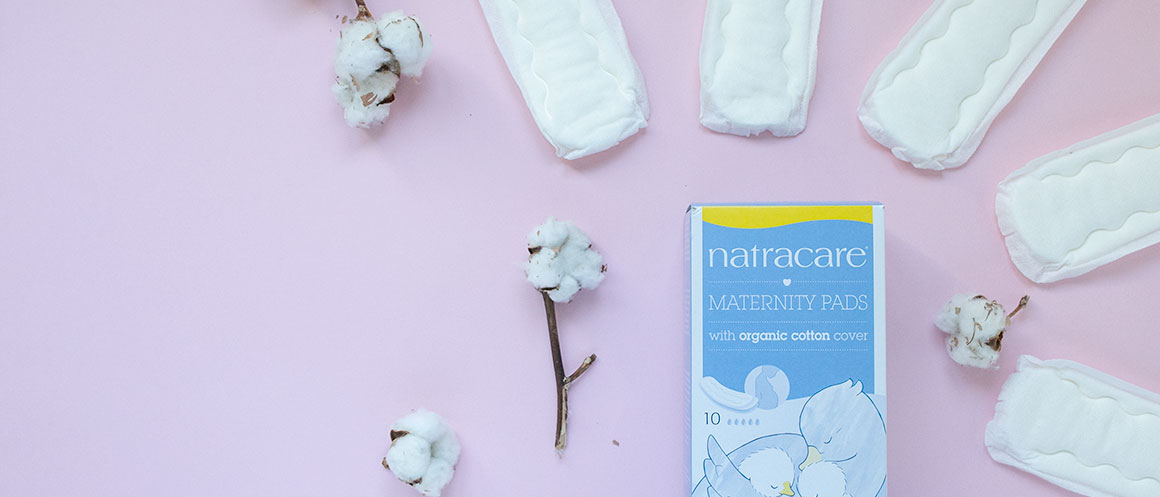
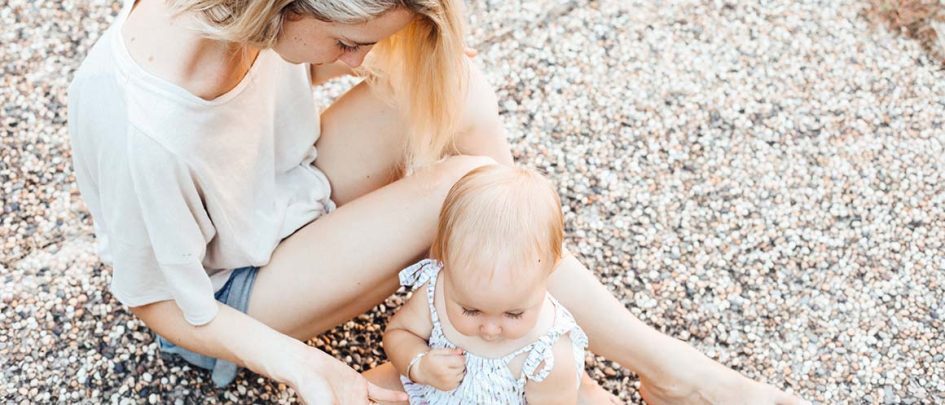
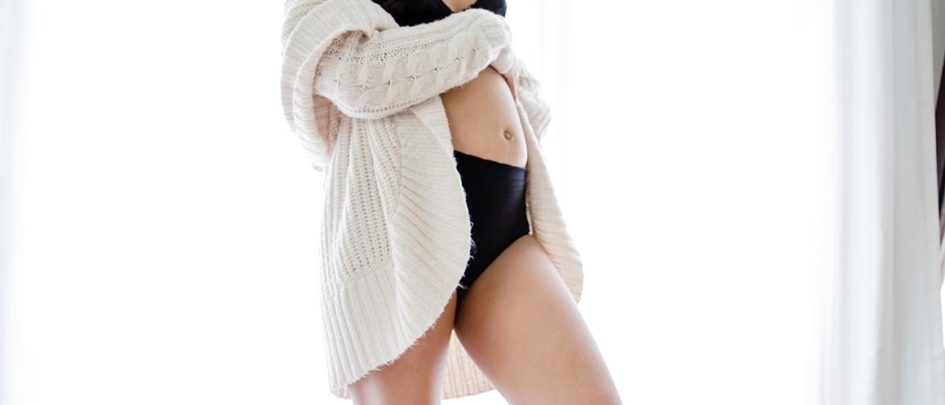
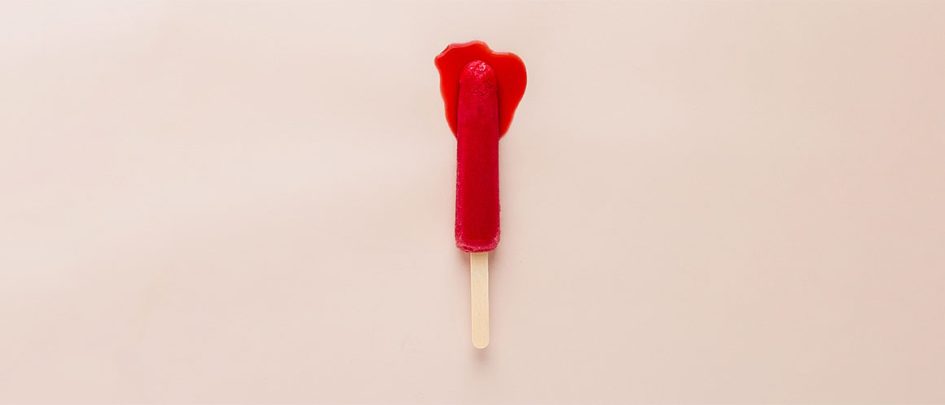






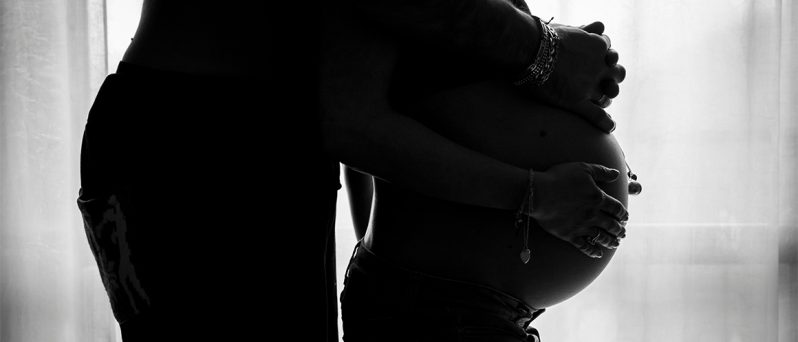
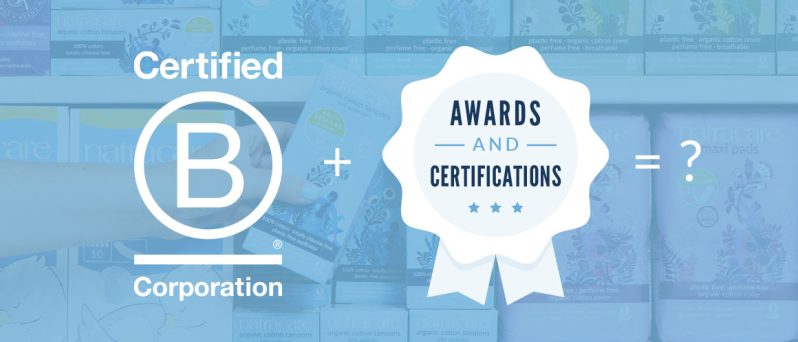
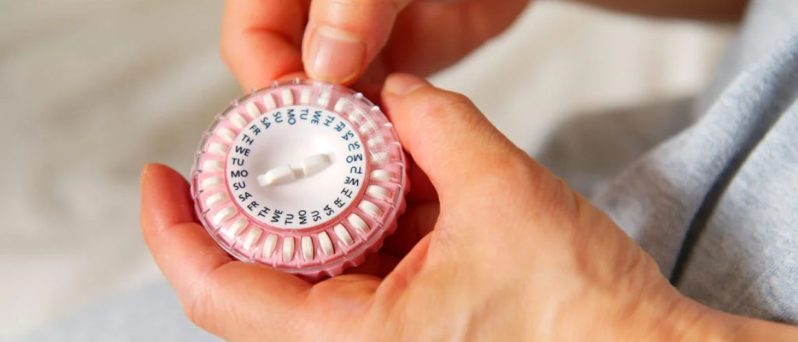
Thanks for sharing such an amazing blog. I have learnt alot for this.
You’re welcome 💚
Thanks for sharing such an amazing blog. I have learnt alot for this.
It’s very helpful.
Great to hear that you’ve found this useful! Since you liked this blog, you may find this blog post useful too: https://www.natracare.com/blog/periods-after-pregnancy-what-to-expect/